Direct Mail Acquisition is harder than sober karaoke.
We have been working with the amazing team at the PA Research Foundation since 2014. Looking to grow the individual giving program, they decided to invest in premium acquisition. We chose a case study about a patient of the PA Hospital who has the type of breast cancer that wouldn’t respond to current treatments. Her only hope was that research being undertaken at the PA would reveal how best to target her type of triple negative breast cancer.
The pack contained a four-page letter, one lift piece, as well as some premiums including three greeting cards, three wish ribbons plus a desk calendar. We sent this appeal twice over 12-months, tweaking the data strategy and refining the pack contents. Both times it generated a response of under 3%, which really wasn’t cutting it. It’s unlikely the pack would have ever broken even at these response levels.
Whilst presenting the results of the second campaign the CEO asked us, tongue in cheek, “when is this going to start working?” ?
We knew, from the testing and analysis done so far, that we could probably continue to achieve incremental improvements but it was not going to get any kind of step change.
So we decided to start again with the pack.
We worked really hard with the PA team to find a case study that would more clearly demonstrate the direct need – how would my $30 help someone right away.
Despite the PA being primarily an adult hospital, we could talk about one of their initiatives at the radiation oncology unit they have funded which also treats children.
Little Sophie has had a tough few years battling neuroblastoma. When she started at the new unit it was a very shiny and sterile place, located in a sparse clinical environment – really scary for little kids. In fact, the treatment itself is super-scary as they have to be bolted down in masks and body suits, not able to move. Many kids have to be anaesthetised for the radiation each time, which made it even more terrifying for many sick kids.
The PA wanted to make sure that not only did kids like Sophie benefit from the radiation oncology advances but that it felt less intimidating to go there. It was important that we make the littl’uns feel special and cared for. Less scary, if not bulletproof against this horrible disease they were fighting. We built our letter around making this experience that little less scary…
The new pack contained elements that have been rigorously tested and proven to increase response and return. Namely greeting cards, a pen, address labels and gift stickers. It also included a lift piece outlining how you could help make a kid like Sophie’s treatment less daunting by providing a mask for them to wear during radiation to make them feel like a superhero, or a comfy bed that inflated around a little boy or girl to make them feel safe.
A few additional flourishes were added including enclosing the letter and pen in cello wrap, so that recipients had to unwrap (and handle) the letter to get to the pen.
We kept the existing ask strategy, a $30, $50, $100 string; these dollar handles matched the price points for items like the masks which made the new treatment less scary for little children.
The first time we mailed the new pack generated a 9.7% response, an enormous improvement on the old pack. The last time it was mailed it surpassed 12% (main change this time was a reduction in volume and tweak to the data selections).
The program has gone from likely never breaking even to breaking even immediately, as you will see from the table below.
On reflection, here’s what we’ve learnt:
- it would have been easy to abandon DM acquisition entirely – but that wouldn’t have helped the PA grow their individual giving program. Instead they re-thought their approach; the story and supporting case for support didn’t clearly articulate how people could help, we were mailing non-responsive groups, and the pack wasn’t as strong as it could have been in terms of inclusions. We used the budget we had spent on more packs to refine the makeup of the pack and include more premiums.
- the pack focused on benefits, not features. Whilst the dollar handles in the pack related to the stickers, cuddle buddies and masks, supporters were not ‘buying’ teddies – they were ‘buying’ comfort for the children, they weren’t just funding sticker books, they were pro-actively helping these little kids’ journeys to wellness.
- you don’t have to be a household name if the ask is made well; the PA Research Foundation is a small fundraising organisation but the letter made it so clear what they wanted to achieve that it garnered an excellent response. Research outcomes often feels like an unrealistic and/or intangible goal, whereas the idea that donations would be used for a range of things that directly helped sick children, supporters truly felt that their gifts would make a difference.
- if you have tried several times and it’s not good enough, don’t be afraid to chuck it all out and start again. Bold ambitions require bold moves!


